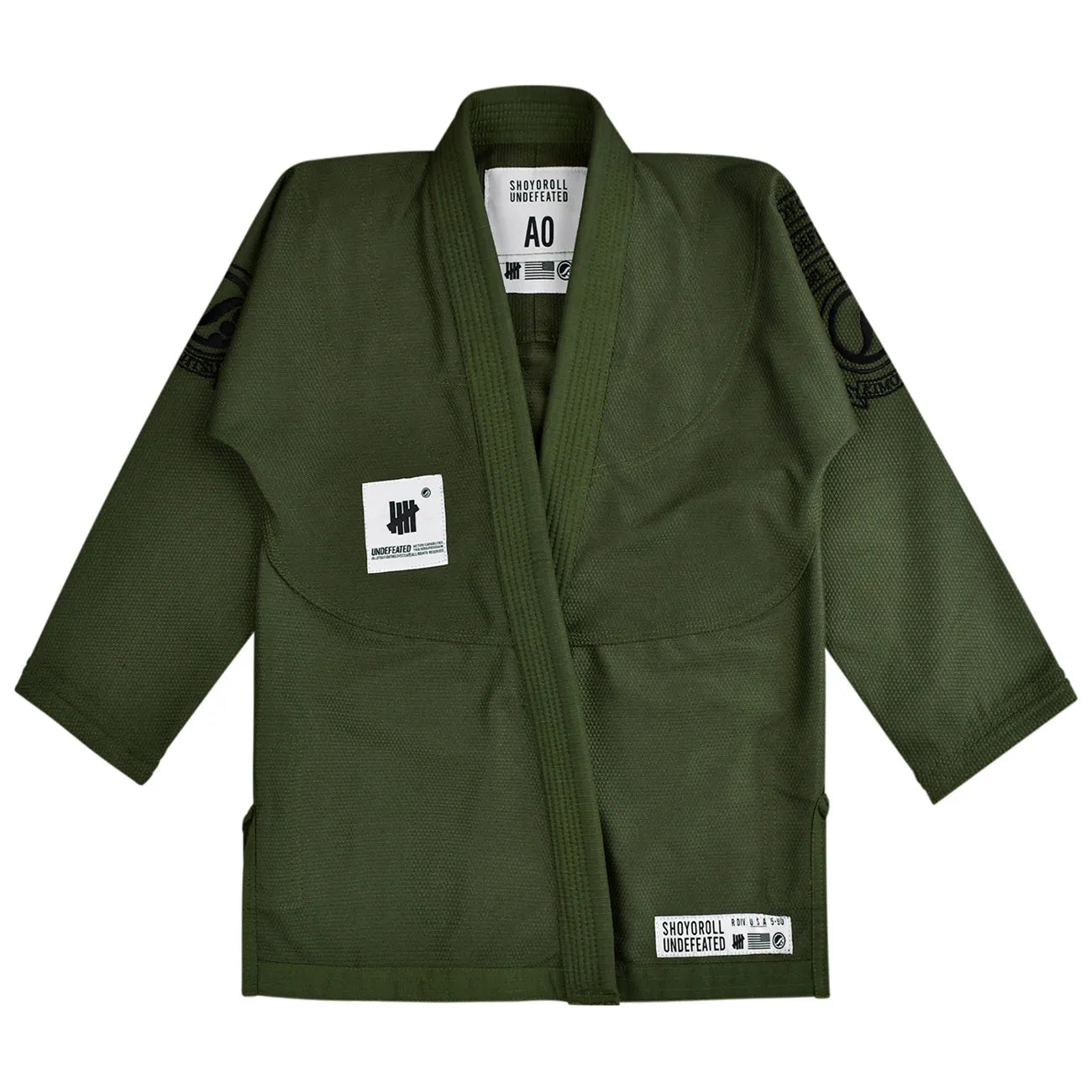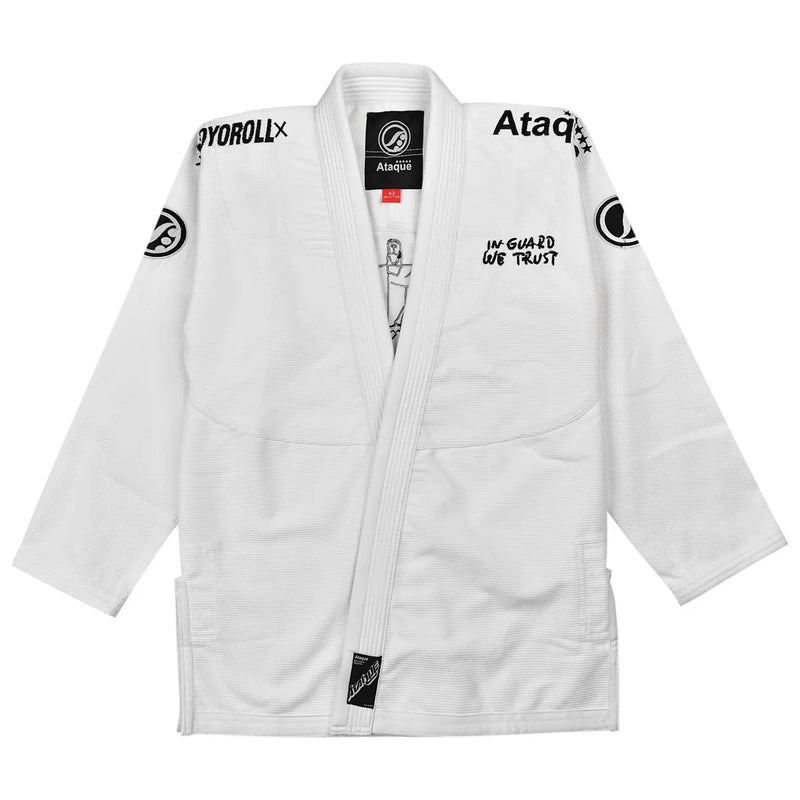Brazilian Jiu Jitsu vs Japanese Jiu-Jitsu : What’s the Difference?
Have you ever wondered why Brazilian Jiu-Jitsu and Japanese Jiu-Jitsu feel so different in a fight? Both martial arts share the name "jiu-jitsu." But they have unique styles, goals, and histories. This article compares Brazilian Jiu-Jitsu (BJJ) and Japanese Jiu-Jitsu (JJJ). We’ll look at their origins, techniques, training, and real-world uses. By the end, you’ll know which one suits your goals.
Let’s get started!
Table of Contents
What Is Brazilian Jiu-Jitsu?
Brazilian Jiu-Jitsu (BJJ) is a popular martial art loved worldwide. It’s known for its focus on ground fighting and submissions. Whether you’re into fitness, self-defense, or MMA, BJJ has something for everyone.
| Origins of BJJ: Brazilian Jiu-Jitsu started in the early 1900s. It came from Japanese Jiu-Jitsu. A Japanese master named Mitsuyo Maeda brought jiu-jitsu to Brazil. He taught it to Carlos Gracie. Carlos and his brother Helio Gracie adapted it. | 
|
They made it focus on ground fighting. This made BJJ different from its Japanese roots. The Gracie family spread BJJ worldwide. Today, it’s one of the most popular martial arts. According to the International Brazilian Jiu-Jitsu Federation, over 1 million people practice BJJ globally.
Key Techniques in BJJ Brazilian Jiu-Jitsu (BJJ) is known for its unique and powerful techniques. Unlike many martial arts, BJJ focuses on fighting on the ground. It’s practical and effective, even for beginners. This section explores the core techniques that make BJJ so special. Let’s break them down!
- BJJ focuses on grappling and ground fighting.
- You learn to control opponents with holds.
- Submissions are a major part, including:
- Armbars
- Triangle chokes
- Rear-naked chokes
- The guard position is essential, using legs to control or submit from your back.
- BJJ is well-known in mixed martial arts (MMA). For example UFC legend Royce Gracie won early UFC events with BJJ.
- BJJ techniques are practical and effective, even for smaller fighters.
These techniques make BJJ a game-changer in martial arts. Whether you’re aiming for self-defense or MMA, BJJ’s focus on control and submissions is unmatched. Ready to learn these moves? Find a local gym and start rolling!
Why People Love BJJ: BJJ is fun and practical. It’s great for fitness. You burn calories and build strength. A typical BJJ class can burn 500–800 calories, says a study by the American Council on Exercise. It also teaches self-defense. You learn to handle bigger attackers. BJJ builds mental focus too. You need strategy to outsmart opponents. Many people love the community. BJJ gyms feel like families.
For example, a student named Sarah shared, “BJJ changed my life. I feel stronger and more confident.” It’s also a sport. You can compete in tournaments. This keeps people hooked.
What Is Japanese Jiu-Jitsu?
Japanese Jiu-Jitsu (JJJ) is a traditional martial art with deep roots in samurai history. It’s built for practical self-defense and discipline. Unlike modern martial arts, JJJ keeps its ancient techniques alive.
 |
Roots of Japanese Jiu-Jitsu: Japanese Jiu-Jitsu is much older. It started hundreds of years ago. Samurai warriors used it in Japan. They needed skills to fight armed and unarmed enemies. JJJ was designed for real battles. |
It focused on self-defense. Over time, it became a formal martial art. Schools like Daito-ryu and Takenouchi-ryu taught it. Unlike BJJ, JJJ keeps its traditional roots. It’s less about sports and more about discipline. Today, fewer people practice JJJ than BJJ. But it’s still respected for its history.
Key Techniques in BJJ
Japanese Jiu-Jitsu (JJJ) is a traditional martial art with a wide range of techniques. It’s designed for real-world self-defense. Unlike Brazilian Jiu-Jitsu, JJJ focuses on standing moves. This section covers the key techniques that make JJJ unique. Take a look some of famous JJJ techniques.
- JJJ uses a mix of strikes, throws, and joint locks.
- You learn to hit with punches or kicks.
- Throws help you take down opponents quickly.
- Joint locks twist arms or legs to control attackers.
- JJJ teaches weapon defense, like stopping a knife attack.
- Unlike BJJ, JJJ focuses on standing techniques, not ground fighting.
- JJJ moves are fast and aim to end fights quickly.
JJJ’s techniques are practical and versatile for self-defense. They’re perfect for handling real-world threats. Want to learn these powerful moves? Check out a local JJJ dojo and start training today!
| Why JJJ Still Matters: JJJ is about tradition. It teaches discipline and respect. You learn the way of the samurai. This appeals to people who love history. JJJ is also practical for self-defense. It prepares you for real-world attacks. | 
|
For example, a JJJ student named Mike stopped a mugger using a wrist lock. He said, “JJJ gave me the skills to stay calm and act fast.” JJJ is less common than BJJ. But it’s still taught in dojos worldwide. It’s great for those who want a traditional martial art.
Key Differences Between BJJ and JJJ
Brazilian Jiu-Jitsu (BJJ) and Japanese Jiu-Jitsu (JJJ) sound similar but are worlds apart. Each has its own style, training, and purpose. This table highlights their key differences to help you decide which martial art fits you.
|
Aspect |
Brazilian Jiu-Jitsu (BJJ) |
Japanese Jiu-Jitsu (JJJ) |
|
Fighting Style |
Focuses on ground fighting. You grapple and control opponents on the mat. Like wrestling. |
Focuses on standing moves. Uses strikes and throws for fast defense. Like street fighting. |
|
Main Techniques |
Uses submissions like armbars, chokes, and guard positions. Great for controlling opponents. |
Includes punches, kicks, throws, and joint locks. Also teaches defense against weapons. |
|
Training Approach |
Live sparring called “rolling.” You practice against real resistance. Feels intense. |
Structured drills called “kata.” You learn set moves with a partner. Focuses on form. |
|
Real-World Use |
Excels in MMA and sports. Also good for self-defense. Example: Royce Gracie’s UFC wins. |
Made for street self-defense. Handles quick attacks, like knife threats. |
|
Fight Duration |
Suited for longer fights. A 2019 Journal of Martial Arts Research study shows BJJ’s edge in extended matches. |
Designed for quick fights. Aims to stop threats fast. |
BJJ and JJJ are both powerful martial arts with unique strengths. BJJ is perfect for ground control and MMA. JJJ shines in quick self-defense and tradition. Which one calls to you? Find a local dojo or gym and try a class to see for yourself!
Which One Should You Choose?
BJJ is perfect for fitness lovers. It’s a full-body workout. You build strength, flexibility, and endurance. It’s also great for competition. BJJ tournaments are exciting. You test your skills against others. BJJ is huge in MMA.
If you dream of fighting in the UFC, BJJ is a great start. It’s also fun. The community is welcoming. People of all ages practice it. A 2021 survey by Sports & Fitness Industry Association found BJJ is one of the fastest-growing martial arts in the U.S. It’s easy to see why.
JJJ is ideal for tradition lovers. You learn the ways of the samurai. It feels like stepping into history. JJJ is also great for self-defense. It teaches you to handle real-world threats. You learn to stay calm under pressure.
JJJ is less about sports and more about survival. It’s versatile. You can use it in many situations. If you want a martial art with deep roots, JJJ is for you. It’s less common, so finding a dojo might take effort. But it’s worth it.
Shoyoroll Feature Products

🔥 SAVE UPTO 50%
✅ 30 Days Return & Refund
🚚 Free Worldwide Shipping

🔥 SAVE UPTO 50%
✅ 30 Days Return & Refund
🚚 Free Worldwide Shipping

🔥 SAVE UPTO 50%
✅ 30 Days Return & Refund
🚚 Free Worldwide Shipping
Final Words: Brazilian Jiu Jitsu vs Japanese Jiu-Jitsu
Brazilian Jiu-Jitsu and Japanese Jiu-Jitsu are both amazing martial arts. BJJ is ground-focused and sporty. It’s great for fitness and MMA. JJJ is traditional and versatile. It’s perfect for self-defense and discipline. Both teach you to be strong and confident. They just do it in different ways. Which style sounds like your vibe—BJJ or JJJ? Try a class and find out. Your martial arts adventure is waiting!
FAQs: Brazilian Jiu-Jitsu vs. Japanese Jiu-Jitsu
What is the main difference between BJJ and JJJ?
BJJ focuses on ground fighting. You learn to grapple and use submissions like armbars to control opponents. It’s like wrestling. JJJ, on the other hand, is about standing techniques. You use strikes, throws, and joint locks for quick self-defense. It’s more like street fighting. Each has a unique approach to martial arts.
Is BJJ or JJJ better for self-defense?
Both are great for self-defense! BJJ is awesome for handling bigger opponents. Its ground techniques let you control or submit attackers. JJJ is perfect for street situations. It teaches fast moves, like stopping a knife attack. Your choice depends on what kind of self-defense you need.
Which is better for MMA competitions?
BJJ is a top choice for MMA. Its grappling and submission skills are key in fights. For example, UFC legend Royce Gracie used BJJ to win early UFC events. JJJ is less common in MMA because it focuses on self-defense, not sport. If you want to compete, BJJ is the way to go.
How do BJJ and JJJ training differ?
BJJ training is intense. You do live sparring called “rolling.” It feels real because you practice against resisting opponents. JJJ training is more structured. You learn set moves called “kata” with a partner. It focuses on precision and tradition. Both are fun but suit different learning styles.
Can beginners learn BJJ or JJJ?
Yes, both are beginner-friendly! BJJ is great if you like active, sweaty workouts. JJJ is perfect if you enjoy structured, traditional learning. Most gyms welcome newbies. You can start with no experience and still have a great time.
Which is more physical, BJJ or JJJ?
BJJ is more physical. Its constant grappling burns a lot of energy. A 2021 study by the Sports & Fitness Industry Association found BJJ classes burn 500–800 calories. JJJ is less intense but still builds strength through throws and strikes. Both keep you fit in different ways.
Is JJJ still relevant today?
Absolutely! JJJ’s focus on self-defense makes it practical for real-world threats. For example, a JJJ student might use a wrist lock to stop an attacker. Its traditional roots also teach discipline. It’s less common than BJJ but still valuable today.
How do I choose between BJJ and JJJ?
It depends on your goals. Love fitness or MMA? Try BJJ for its sporty vibe. Want tradition or street defense? JJJ is a great pick. The best way to decide is to try a class. Most gyms offer trial sessions. Visit a local dojo and see which one feels right!
BJJ vs. Other Martial Arts
- Jiu Jitsu vs Boxing: What’s the Difference?
- Brazilian Jiu Jitsu vs Kickboxing: Which Martial Art Is Right for You?
- Brazilian Jiu Jitsu vs Japanese Jiu-Jitsu: What’s the Difference?
- Brazilian Jiu Jitsu vs Traditional Jiu Jitsu: Key Differences Explained
- Does Brazilian Jiu Jitsu Work in a Street Fight? A Complete Guide






